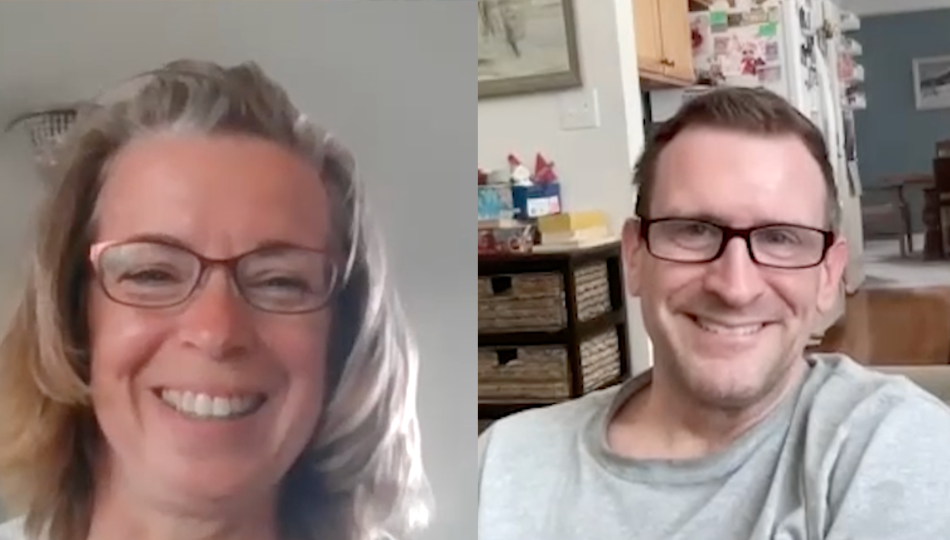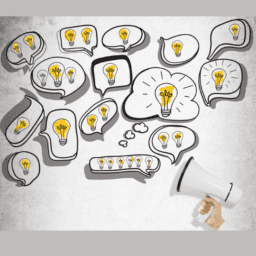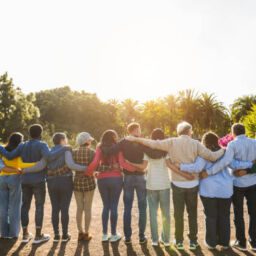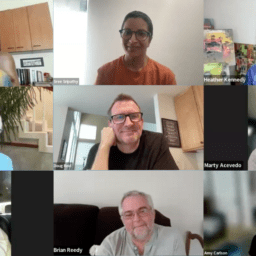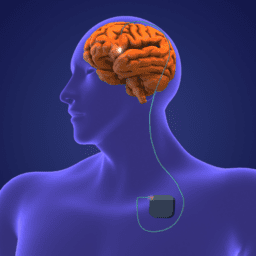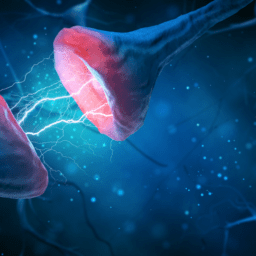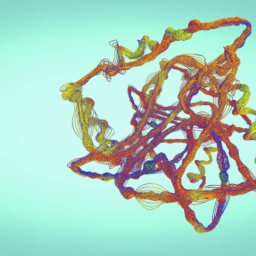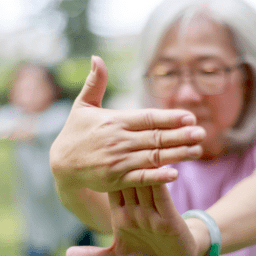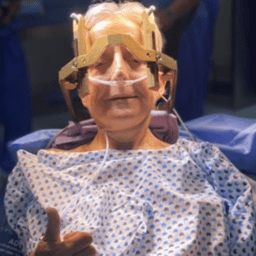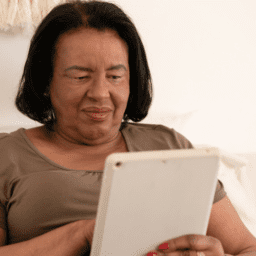In this video, Davis Phinney Foundation Ambassador Doug Reid and Kenlynn White talk about why they started their DBS support group, tips for starting and running a successful group, and how to join them if you want to be in their group and/or learn how to do your own.
You can download a copy of the transcript here.
Note: This is not a flawless, word-for-word transcript, but it’s close.
Why have a Deep Brain Stimulation (DBS) support Group?
Whether or not to have DBS is a huge decision, and most people considering it are facing the most complicated and consequential medical procedure they’ve ever considered. It can be helpful to talk about the decision with people who are going through or who have gone through similar things. Moreover, since DBS programming can take weeks or months to optimize after the surgery, people who have DBS surgery often have ongoing questions and concerns even after they have had the surgery. A DBS support group can help these people by providing a venue for them to share their experiences and advice with each other.
How To start a DBS Support Group
Doug and Kenlynn started a support group after volunteering to do so with the Parkinson’s Association of the Rockies (PAR). This connection has given them access to a Zoom account and provided them with support in terms of advertising their group. It’s great to start with this sort of connection, and if you have a local Parkinson’s organization in your area, it can’t hurt to ask if they can help you do something similar. However, you don’t need this connection to start a DBS support group.
There are three important initial decisions you’ll have to make and steps you’ll have to take whether or not you’re teaming up with a partner organization.
#1 – How to manage communication responsibilities
Consider making an email account specifically for your group’s communications. Many free email services allow you to share mailboxes or automatically forward messages. If you use your personal email address in managing the group’s communications, there may be issues if you choose to hand off these tasks.
#2 – How to Advertise to gather contact info from interested people
Create a flier and then include the group email address and a phone number on the flier to give people multiple ways to tell you they are interested. Be sure to note whether interested people can send text messages to the number. It’s also a good idea to include your ideas about subjects you expect to talk about and a basic statement of the goals you have in mind for the group.
#3 – How You Will Gather
You’ll have to decide whether your group will meet in person or online. Many groups meet online to facilitate broader access, but sometimes an in-person meeting just can’t be beaten. This decision probably comes down to how many people are in your local area and how easy it is for them to get around. Either way, an online group may be the best way to host your initial meeting so that those in attendance can weigh in. Then, if the group has an interest, you can incorporate in-person meetings in the future. (Be careful about hybrid. It’s easy to feel left out or leave someone out if most are in person, but some are online.)
Other Tips
- Ask office managers at neurologist offices, movement disorder centers, neurosurgeon’s offices, churches, senior centers, and gyms if they are willing to help advertise your new group.
- Schedule your meetings carefully. If you schedule in the morning or afternoon, for example, you might exclude people who are still working. Rather than setting a time ahead of posting your initial advertisements, try to come to a consensus about the best day and time with the initial group of people who express interest.
- Try to involve a care provider. Even if they don’t participate in the group each meeting, they can help with advertising, and they may be able to provide a presentation at some point.
- Be aware of the other indications for DBS besides Parkinson’s and decide if you want your group to be exclusively for people with Parkinson’s.
- Stay in touch with people who express interest. Building a vibrant, supportive community takes some time, but the faster you respond to interested people and the more regularly you stay in touch, the stronger your community will be.
Additional Resources
Email for More Info About Doug and Kenlynn’s Support Group
Parkinson’s Association of the Rockies
WANT MORE PRACTICAL Resources LIKE THIS?
You can learn much more about living well with Parkinson’s today through our Every Victory Counts® suite of resources. Each manual is packed with up-to-date information about everything Parkinson’s. Click the link below to order your manual(s).
Thank you to our 2023 Peak Partners, Amneal and Kyowa Kirin, and our Every Victory Counts Gold Sponsor, AbbVie Grants, for their ongoing support of these must-have manuals. Additionally, we’d like to thank Barbara and Dale Ankenman, Abby and Ken Dawkins, Bonnie Gibbons, Gail Gitin in loving memory of Gene Gitin, Irwin Narter, and Lorraine and J Wilson for their generous donations that allow us to make these resources available and free to all.


